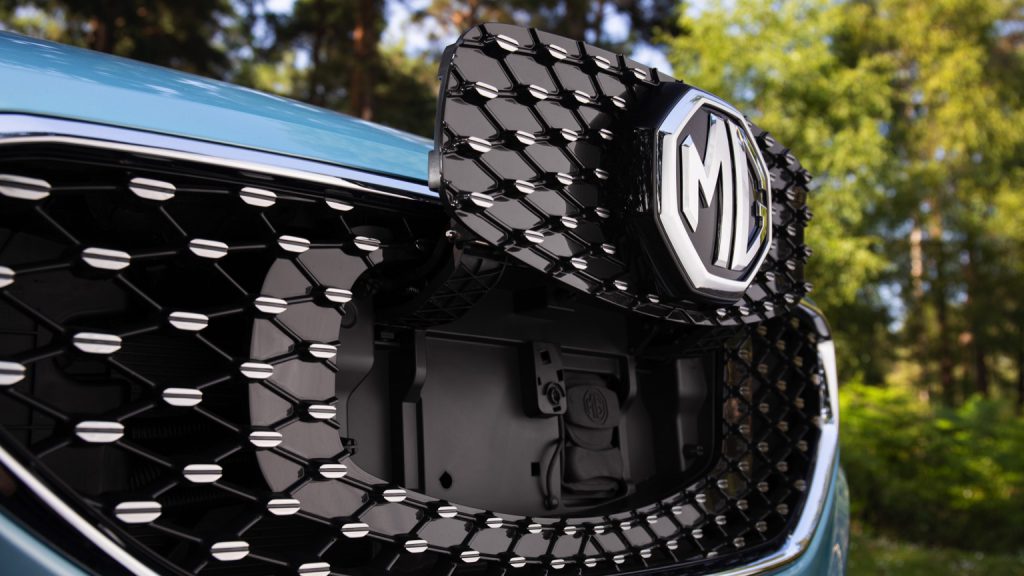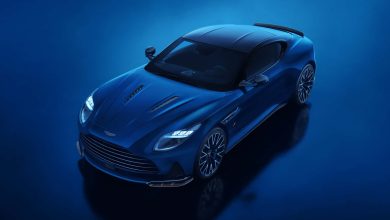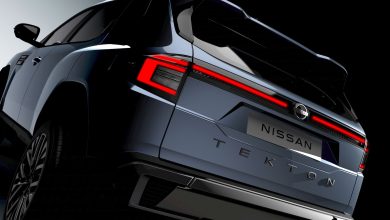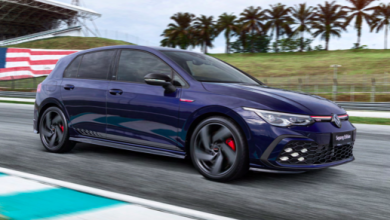Will Malaysians venture into electric car ownership in 2020

We recently stumbled on this interesting article on the adoption of electric vehicles. With mother earth in reset mode due to the COVID-19 lockdown, it looks like the adoption of electric vehicles is right target. However, we in Malaysia might be a far behind as fuel prices drop to record low levels and with no direct incentive in sight for both electric and battery electric vehicles, what will be the reason for the average Malaysian to NOT buy a petrol powered vehicle.

Here below is what the good people at IHS Markit had to say.
When will battery electric vehicles (BEVs) reach the tipping point and overtake the internal combustion engine (ICE) as the power source of choice? This question is already agreed by most industry observers one that defines the modern automotive era.
Some industry analysts claim that retail price parity will mark that tipping point. However, this factor is not the only requirement for a mass change in consumer behavior in favor of BEVs.
Perhaps the question we should be asking is: “When will the four key elements that make up the entire market framework achieve parity, driving consumers to choose BEVs over ICE?”
Each of the four key driving forces is affected by a number of variables, all are often highly regionalized, and they form a complex matrix in which vehicle price is only one part of the equation. Charging infrastructure and regulatory frameworks must align. Whole-of-life costs, reliability, and convenience models must improve, and regulation and legislation must enact changes before any tipping point occurs.
Consumer perspective
The cost of the battery in a BEV currently represents a significant proportion of the overall vehicle cost. We will select the Nissan Leaf in the UK as an example. The base-trim 40-kilowatt-hour (kWh) 2019 model has a manufacturer suggested retail price (MSRP) of GBP31,500 (USD40,000), prior to subsidies. It is impossible to know precisely how much Nissan pays for the landed cost of the 40-kWh pack, but our 2019 industry average estimate would be in the range of USD250/kWh, which allocates USD10,000 of the overall vehicle cost for the battery pack. That is 25% of the MSRP attributable to the pack. According to IHS Markit powertrain experts, if the entire cost of the powertrain is factored in, including motors, power electronics, and software, then around 35% of the total MSRP of the UK specification Leaf is attributable to the “powertrain.”
This cost puts BEVs at considerably higher prices than traditional ICEs, despite the relative simplicity of the battery/motor powertrain in comparison to a modern ICE. However, this scenario is fluid and changing as battery technology evolves and the capacity to produce increases. The cost per kWh is reducing steadily and the point at which a BEV hits pricing parity with ICE technology is approaching quickly.
Nonetheless, whether parity is the factor preventing the wholesale shift to BEVs is questionable even today and remains highly dependent on regional market factors. After considering the many different government subsidies, parity can have a significant impact when coupled with additional government investments in support of the consumer perspective, such as in the Norwegian market. Here, subsidy commitments have been strong enough to result in pricing parity and have taken price off the table during consumer decision making. Yet it is unlikely that this action alone would have triggered the BEV success being witnessed in Norway. For example, in the UK, where Renault markets a B-segment Clio and Zoe at close to parity (after a GBP5,000 government subsidy) the Clio still far outsells the Zoe BEV by 10 to 1 (the Clio’s 20,000 units versus the Zoe’s 2,000 units sold in calendar year 2018), which shows that with the current technology paradigm and infrastructure provision, the longstanding objections of range anxiety, and ease of charging, remain significant obstacles in consumers’ minds.
Equally important to outright costs is the “convenience factor” and ease of use. Changing consumer behavior by requiring an apparent step back in convenience requires a psychological shift. We feel this shift is more profound than overcoming the pricing hurdle. So, even if total cost of ownership (TCO) and range objections can be fully countered, asking the vehicle end-users to alter their behavior to accommodate a full range recharge time of more than 10 minutes, means there is still work to do. In a global 2019 consumer survey across eight major countries, the IHS Markit supply chain and technology team identified that three of the top four reasons for not purchasing a BEV is related to charging and/or range-related factors.
![]()
Industry perspective
Regardless of the issue of parity, several significant hurdles remain to the wholesale adoption of BEVs, of which infrastructure provision remains the biggest. The rise in urban living challenges BEV use in the high-density areas of the city. Personal ownership of vehicles in city centers is traditionally low, and living in an apartment and owning a BEV in the city makes ownership challenging at best and simply not feasible at worst. Car-sharing schemes utilizing BEVs still require dedicated charging points and space for them. Electric taxis and ride-hailing services present greater feasibility, but both businesses focus in detail on cost per kilometer, vehicle longevity/reliability, and time in service to remain competitive. Therefore, a pure BEV might still struggle to make a convincing argument.
Charging infrastructure provision alone, however, does not convey the complex nature of consumer needs when transitioning to fully electrified motoring. While public charging infrastructure clearly needs to be abundant, available, and reliable to quash the fears of skeptical consumers, it also needs to provide sufficiently rapid power delivery to provide a seamless experience not unlike that of gasoline refueling. This need must be met while continuing to keep pace with not only electric vehicle (EV) rollout but vehicle-side power management technology evolution. AC charging performance will improve with the mass advent of higher-power onboard chargers, while DC fast-charging capability is improving, albeit restrained by battery acceptance rates relating to thermal management and, consequently, durability. The evolution of battery technologies should facilitate significant improvements here.
The fossil-fuel distribution model, where suppliers ensure you have ample access to the product, is not being matched in terms of BEV charging infrastructure. We are witnessing even in relatively BEV-friendly markets such as the UK, a combination of ad-hoc government infrastructure coupled with manufacturer and power supply company initiatives that is slowly creating a network that remains patchy. Despite a significant rollout in such markets (more than 10,000 public charging locations exist in the UK with more than 30,000 charging connectors), user experiences vary greatly, and the business model for EV charge point operators (CPOs) remains extremely challenging. This difficulty is due to not only EV sales remaining low, but also the capability of the technology. In the US for example, higher peak-power levels (in kW) during charging introduce higher one-time monthly payments from utilities, which CPOs must recoup with a greater quantity of charging events throughout the month, while also paying for quantity of power drawn (in kWh) as well as rent on premises. CPOs have begun to turn a profit on individual DC fast-charging locations where throughput exceeds 100 vehicles per day and predominantly vehicles supporting DC fast charging are visiting. However, this confluence remains rare. Conversely, the 2019 Thanksgiving holiday saw long lines at Tesla Supercharger locations on popular routes such as Interstate 5, as peak demand exceeded supply and the recent uptake of the popular Model 3 put strain on charging provision.
The lack of universal EV charging networks is perhaps one of the biggest practical hurdles in the terms of the “tipping point.” The average consumer is not particularly interested in working out and planning which charging network they will and won’t be able to use when they finally make that EV purchase, each and every time they make a long-distance trip that cannot be covered by domestic charging and a full battery. For many fleet or company-car drivers, BEV adoption remains impractical.
Once pricing parity is achieved, there is a growing belief that the cost of BEVs will continue to fall, or that carmakers will continue to lower MSRPs of BEVs based on the cost of the power source. This expectation does not bear much relation to the actual practice of manufacturers over time and ignores the need to build margin into the price of BEVs, partly to recoup sunk costs in the technology, and because shareholder behavior is not geared to support an acceleration of BEV parc at the expense of profitability. Indeed, there is a strong likelihood that BEVs could represent a larger profit opportunity than ICE based on the simplicity of the components, and so the pricing floor seems destined to be relatively high.




